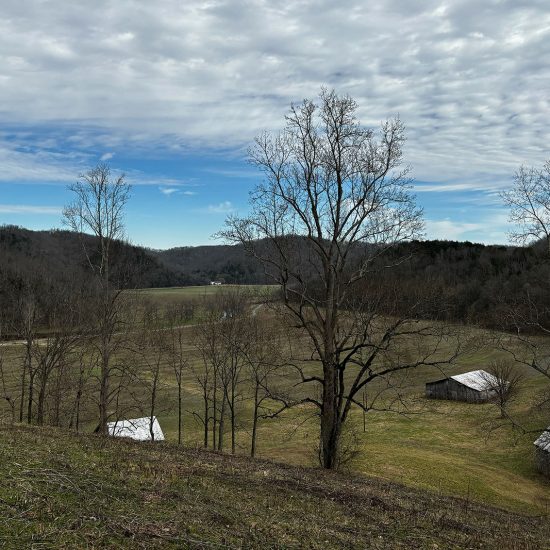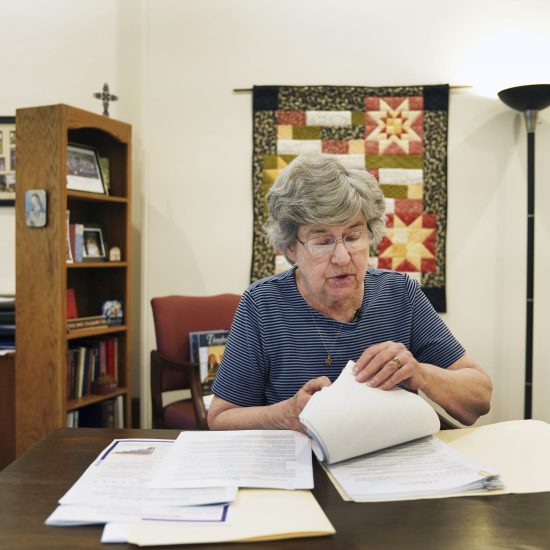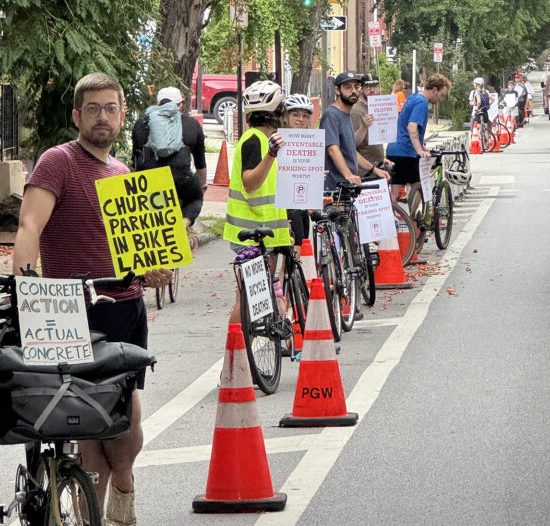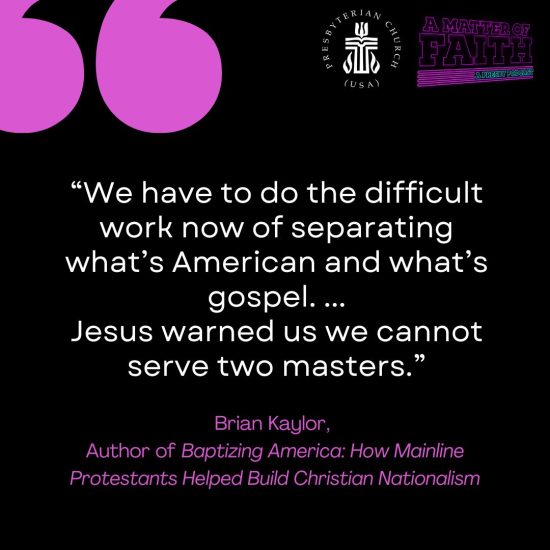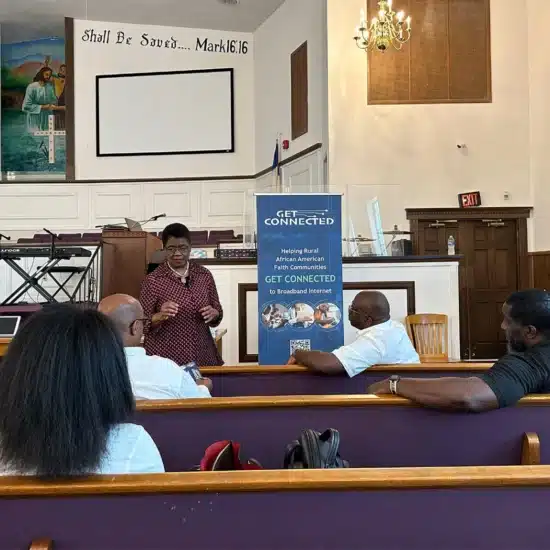Brand New Church in northern Arkansas and Fairy Baptist Church in Central Texas bear little resemblance to each other.
Pastor Shannon O’Dell leads a multi-campus, contemporary-style church in rural Arkansas that draws about 2,000 worshippers in-person from throughout the region and another 1,500 to its Internet-based “iCampus.” Pastor Bob Ray has served 45 years at Fairy Baptist Church, and the average number of worshippers on Sunday morning roughly equals his years of service.
O’Dell insists church members should “stand under” the pastor’s leadership, allow elders to make major administrative decisions and not get “bogged down in bureaucratic democracy.” Ray leads, but Fairy Baptist Church makes its decisions in regularly scheduled business meetings where every member can voice ideas and vote his or her convictions.
Brand New Church and Fairy Baptist Church follow different worship styles and appeal to different kinds of people.
Even so, O’Dell and Ray agree on some things. Both feel called to long-term service in a rural church. They agree with a basic precept of church growth: Everything that is alive grows. And they agree when it comes to rural churches, growth may need to be redefined—or at least put into perspective.
“Growth doesn’t mean you go from 31 to 2,000; it may mean going from 31 to 66,” O’Dell writes in Transforming Church in Rural America: Breaking All the Rurals.
Pastors serving in rural communities must not settle for less than excellence, but they also should not surrender to the “bigger is better” mentality, O’Dell insists.
“If a guy has 10,000 people coming to a church in a city of millions, he’s just barely scratching the surface. But if you’re in a town of a couple thousand and you have a dozen or so servant-leaders? Man, I’m telling you, God can use that team to reach the vast majority of your community and county,” O’Dell writes.
From the time O’Dell arrived at Southside Baptist Church in South Lead Hill, Ark., about eight years ago and through its growth and transition into Brand New Church, he noted, the congregation learned how to “produce excellence on a barbwire budget” by equipping laity for service.
Brand New Church committed to “raise up leaders” from its own membership who would prove their dedication by working for free before they ever would be considered as paid staff.
“We have more than 35 on staff, but the majority are not paid,” he explained. “We believe in the equipping of the saints. Sometimes, people are robbed because positions are filled with paid staff.”
When economic setbacks forced budget cutbacks at Brand New Church, nine paid staff had to be laid off. “Six of those staff are still with us, some of them serving in the same roles as volunteers,” O’Dell noted.
Because most staff serve as volunteers and work at jobs in the communities where they live, they have opportunities to reach people in ways a full-time minister on a church staff never could, O’Dell insisted.
“Some of the most effective ministers I know are bivocational,” he said.
Fairy Baptist Church didn’t have a full-time pastor on the field until Ray retired a few years ago. For more than four decades, he served bivocationally—working most of that time in secular employment and for several years with the Baptist General Convention of Texas.
“It took 10 years before our church folks really believed we would stay here,” Ray said.
“In 1975 when I graduated from seminary, the church expected me to leave. But when the pulpit committees came and we turned them down, that’s when the people here really began to let us pastor them—to let us into their lives.
“That’s when they let us lead, because they didn’t expect us to walk away and leave it all in their hands. It’s when we earned their trust.”
As trust grew, Ray led the church to expand its vision.
“People won’t come to a church that is dying,” he said. “We’re growing, but it’s kingdom growth.”
Fairy Baptist Church invests in lives for the benefit of God’s work in this world without regard as to whether it benefits the local congregation, he explained.
“We’re very rural. Ours is the only church for 10 miles in any direction,” Ray said. He acknowledges limited potential for great numerical growth when the largest town in the county has a population less than 3,000, and that’s half an hour away from Fairy.
Nevertheless, Fairy Baptist Church commits much of its energy and resources to reaching children and youth who probably never will be adult leaders of that congregation.
“People say young people are the future of the church. Our young people are the future of some church, but it’s not necessarily here,” Ray said. “We don’t necessarily want them to stay here. … We want them to get a good education and go where they can make a good living and make a good life for themselves.”
Fairy Baptist Church seeks growth on two tracks, he explained—congregational growth by reaching retirees who move to rural Hamilton County and kingdom growth through children and youth.
Ray acknowledges the church developed its vision gradually over decades of change both in the church and in the community it serves. When he arrived 45 years ago, 100 percent of the church members made a living from agriculture and related businesses. Now, only a few are full-time farmers and ranchers.
As the church has grown to accept the changing reality of its tiny community, it also has grown in its sense of purpose.
“Our church spends a lot of money on youth and children because we see it as missions. … Our people don’t ask what our church has to gain. That’s not even an issue. We’re looking at kingdom returns on our investment,” he said. “Now it’s part of our DNA."

